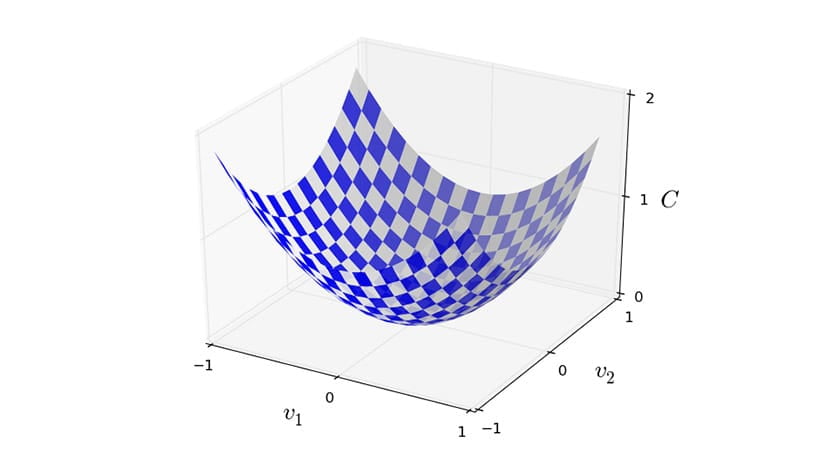التعلم الآلي النظري والمتقدم باستخدام TensorFlow
قبل البدء في المواد التعليمية أدناه، تأكد مما يلي:
أكمل أساسيات منهجنا الدراسي للتعلم الآلي باستخدام TensorFlow ، أو احصل على معرفة معادلة
أن يكون لديك خبرة في تطوير البرمجيات، وخاصة لغة بايثون
يعد هذا المنهج بمثابة نقطة انطلاق للأشخاص الذين يرغبون في:
تحسين فهمهم لتعلم الآلة
ابدأ في فهم الأوراق وتنفيذها باستخدام TensorFlow
يجب أن يكون لديك بالفعل معرفة أساسية بكيفية عمل تعلم الآلة أو إكمال المواد التعليمية في منهج المبتدئين أساسيات التعلم الآلي باستخدام TensorFlow قبل المتابعة. يهدف المحتوى أدناه إلى توجيه المتعلمين إلى المزيد من محتوى التعلم الآلي النظري والمتقدم. سترى أن العديد من الموارد تستخدم TensorFlow، ومع ذلك، فإن المعرفة قابلة للتحويل إلى أطر تعلم الآلة الأخرى.
لتعزيز فهمك لتعلم الآلة، يجب أن تكون لديك خبرة في برمجة بايثون بالإضافة إلى خلفية في حساب التفاضل والتكامل والجبر الخطي والاحتمالات والإحصاء. لمساعدتك على تعميق معرفتك بتعلم الآلة، قمنا بإدراج عدد من الموارد والدورات الموصى بها من الجامعات، بالإضافة إلى بعض الكتب المدرسية.
الخطوة 1: قم بتحديث فهمك لمفاهيم الرياضيات
ML هو نظام رياضي ثقيل. إذا كنت تخطط لتعديل نماذج تعلم الآلة، أو إنشاء نماذج جديدة من الصفر، فإن الإلمام بمفاهيم الرياضيات الأساسية أمر مهم. ليس عليك أن تتعلم كل الرياضيات مقدمًا، ولكن بدلاً من ذلك يمكنك البحث عن المفاهيم التي لا تعرفها عندما تصادفها. إذا مر وقت طويل منذ أن التحقت بدورة في الرياضيات، فحاول مشاهدة قوائم التشغيل "جوهر الجبر الخطي" و "جوهر حساب التفاضل والتكامل" من 3blue1brown لتجديد المعلومات. نوصيك بالاستمرار من خلال حضور فصل دراسي من إحدى الجامعات، أو مشاهدة محاضرات مفتوحة الوصول من معهد ماساتشوستس للتكنولوجيا، مثل الجبر الخطي أو حساب التفاضل والتكامل للمتغير الفردي .
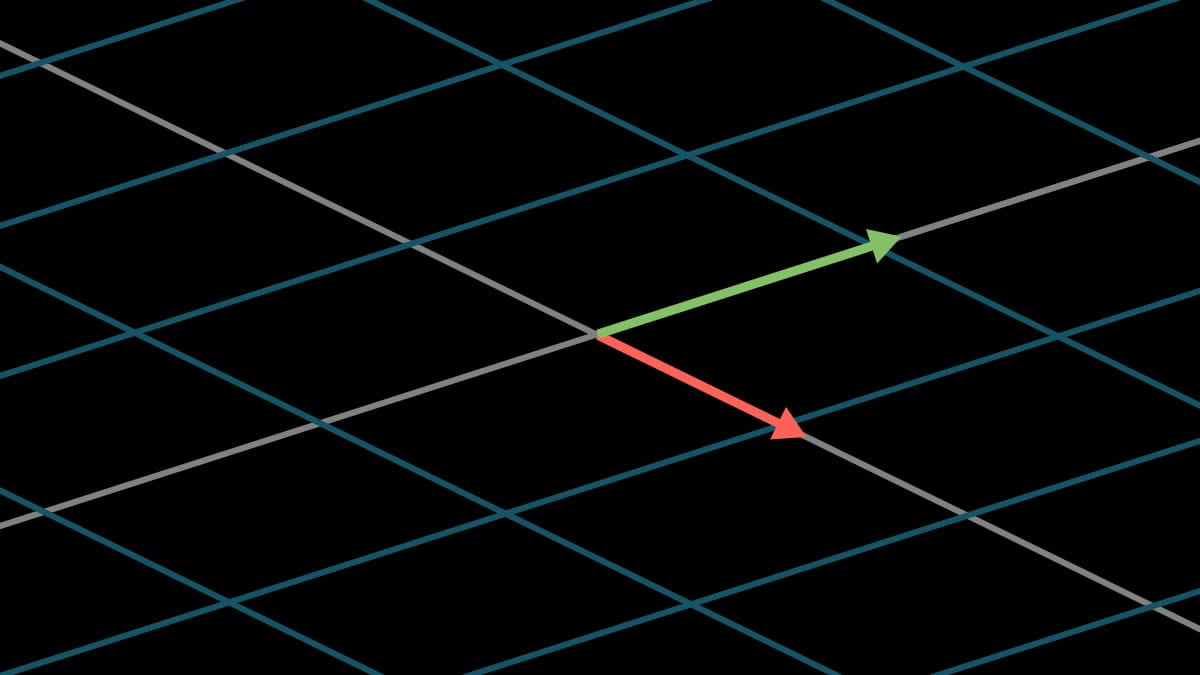
سلسلة من مقاطع الفيديو المرئية القصيرة من 3blue1brown تشرح الفهم الهندسي للمصفوفات والمحددات والمواد الذاتية والمزيد.
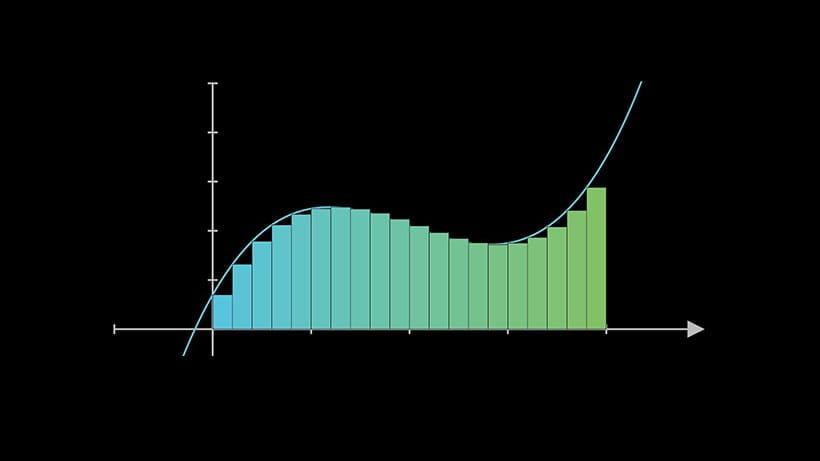
سلسلة من مقاطع الفيديو المرئية القصيرة من 3blue1brown تشرح أساسيات حساب التفاضل والتكامل بطريقة تمنحك فهمًا قويًا للنظريات الأساسية، وليس فقط كيفية عمل المعادلات.
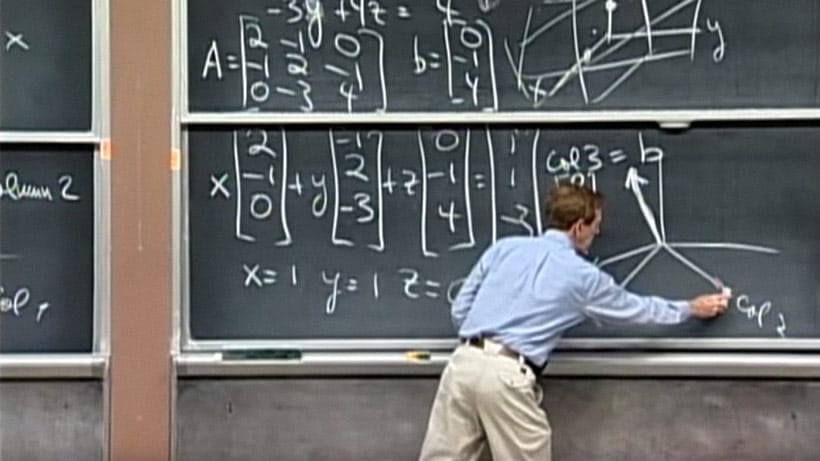
تغطي هذه الدورة التمهيدية من معهد ماساتشوستس للتكنولوجيا نظرية المصفوفات والجبر الخطي. يتم التركيز على الموضوعات التي ستكون مفيدة في التخصصات الأخرى، بما في ذلك أنظمة المعادلات، والمساحات المتجهة، والمحددات، والقيم الذاتية، والتشابه، والمصفوفات المحددة الإيجابية.
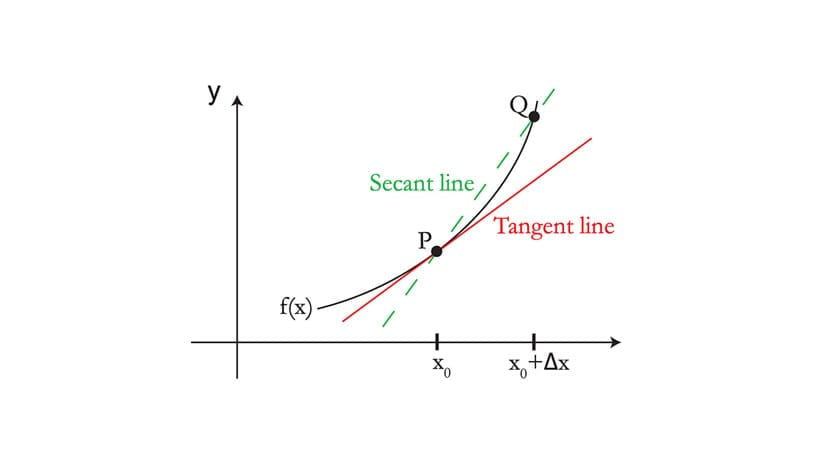
تغطي دورة حساب التفاضل والتكامل التمهيدية هذه من معهد ماساتشوستس للتكنولوجيا التمايز والتكامل بين وظائف متغير واحد، مع التطبيقات.





